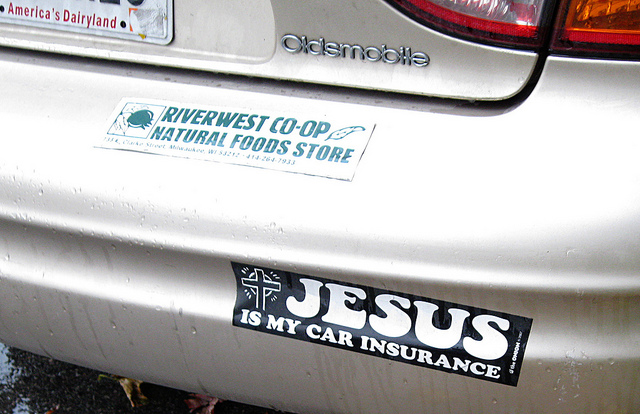One of the first things many consumers do when paying off the final car payment is to call their auto insurance company and “take off full coverage”. That is a common phrase, and if you don’t really know what that entails, you will want to get some clarification from your insurance agent.
What insurance agents consider as full coverage could vary. Some may consider it only the physical damage protection, which is collision and comprehensive, along with the required liability. Other agents may consider full coverage the physical damage, liability, medical and PIP, rental, roadside, and any other option they have available.
 Is comprehensive coverage worth it?
Is comprehensive coverage worth it?
Collision Coverage vs. Comprehensive Coverage
Collision coverage is pretty self-explanatory. If you hit something and your car is damaged, you will need to pay your collision deductible and you will have your car fixed. This is typically the most costly part of a full policy, and the biggest reason full coverage is much more expensive than liability only.
The other part of your physical damage protection is comprehensive coverage. Some companies define it as “other than collision”. Typically comprehensive coverage will cover fire, theft, lightning, hail, flood, debris, vandalism, and animal damage.
You might be surprised to find out that comprehensive coverage is not very expensive. If you have a good driving record, you may pay as little as $10 a month for this coverage.
That is why it is important to discuss all the options with your agent when you pay off your car rather than just calling the secretary and asking to remove “full coverage”.
Just as fuzzy as asking for full coverage, removing it may leave you without important coverage for your vehicle.
Did you pay off your new car in two or three years? If so, that is a very wise financial move! However, that also
means that you have a lot of equity in your car. Your car is still worth a decent amount of money. If you do not have a large amount in liquid savings that you can replace the car easily if it is totaled, you may want to discuss coverage options with your insurance agent.
You can opt in many cases to only remove the collision, or just increase the collision deductible. This would be a great idea if you paid off your car quickly and it is still worth a great deal. If you self-insure a bigger part ($1000 deductible) you could save a significant amount and still have this important coverage in case you have a collision. Even as a very safe driver, it is possible to slip on some ice or hydroplane on standing water while driving safely.
If you still opt to remove the collision, the comprehensive should be quoted to see how much it would cost to keep this and only take off collision. You may find that it is very little to keep this. Most companies have provisions where you can keep comprehensive without collision. However, rarely can you keep collision without comprehensive.
If your company does not allow comprehensive without collision, you will want to get some quotes from other companies. You do not want to be without this important coverage, especially if your car has
retained some pretty good value.
Keep this in mind when paying off your car. Do not be quick to cancel coverages without knowing all your options and how much they cost. Speaking to a knowledgeable and licensed insurance agent will help you understand your options and be able to provide you a variety of quotes to help you make the wisest choice for your situation.
Image: Flickr.